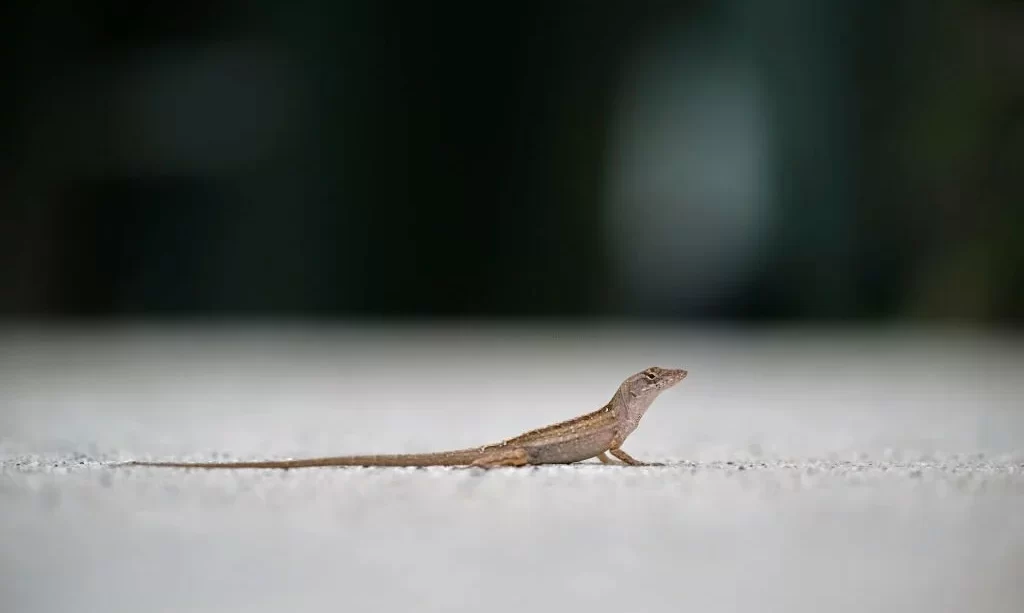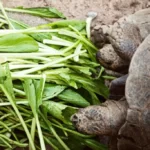Backyard lizards, with their quick movements and unique charm, are familiar residents of many outdoor spaces. Whether they’re darting across garden walls or basking in the sun on a warm rock, these reptiles often catch our attention. But have you ever wondered what sustains these creatures in your backyard? In this article, we’ll explore the world of backyard lizards and answer the question: “What do backyard lizards eat”? Understanding the dietary habits of these small but essential creatures can shed light on their role in your backyard’s ecosystem.
Lizard Diversity
Before we delve into their diets, it’s essential to recognize the incredible diversity of lizard species that call backyards home. From the tiny geckos to larger anoles and skinks, lizards come in a range of shapes, sizes, and colors. This diversity of species reflects the adaptability of lizards to different environments. In backyards, they often play a vital role in maintaining ecological balance by preying on insects and arthropods. They are excellent hunters and contribute significantly to controlling populations of pests.
Insects and Arthropods
The primary fare for most backyard lizards consists of insects and arthropods. These agile hunters are nature’s pest control experts, feasting on a menu of ants, crickets, spiders, and other small creatures. Ants are particularly favored, given their abundance and availability in the backyard. Lizards, with their keen eyesight and lightning-quick tongues, capture their prey with precision. Crickets also make a tasty treat for lizards, and these insects are frequently consumed in their diet. In addition to insects, lizards may also target various arachnids like spiders. Their diet is essential in keeping insect populations in check, making them valuable allies in the battle against backyard pests. As insectivores, lizards play a crucial role in maintaining the ecological balance in your outdoor space. Their appetite for insects and arthropods helps preserve the health of your backyard environment.
Vegetation
While insects and arthropods are the primary source of sustenance for most backyard lizards, some species may also incorporate vegetation into their diet. This is particularly true for omnivorous lizard species that have a broader dietary range. These lizards might nibble on leaves, flowers, or fruits found in the backyard. While plant material is not their main food source, it can serve as a supplement to their diet, especially when insects and arthropods are scarce. This adaptability in their eating habits allows them to make the most of the resources available in your backyard.
Opportunistic Feeders
Lizards are known for their opportunistic feeding behavior. This means they won’t pass up a chance to consume something that comes their way. In addition to their main diet of insects and, in some cases, vegetation, they might opportunistically consume smaller prey, such as other lizards, snails, or even fallen fruits. This opportunistic approach to feeding enables them to adapt to various food sources depending on what’s readily available in their environment.
Predators and Prey
Backyard lizards occupy a unique position in the ecosystem. While they are skilled predators of insects and arthropods, they themselves become prey for a range of animals, including birds, snakes, and larger mammals. This dual role as both predator and prey contributes to the ecological balance in your backyard. It’s a reminder that nature’s web of life is intricately connected, and every creature, no matter how small, plays a vital part in the backyard ecosystem.
Conclusion
In conclusion, the diet of backyard lizards primarily consists of insects and arthropods, making them valuable allies in keeping your outdoor space free from pests. Their diverse species and opportunistic feeding habits highlight their adaptability to different environments. These reptiles are essential contributors to the ecological balance in your backyard. As you observe them in your garden, take a moment to appreciate the role they play in maintaining the health and biodiversity of your outdoor space. Understanding what backyard lizards eat can deepen your appreciation for the fascinating world of these reptilian residents in your own backyard.




